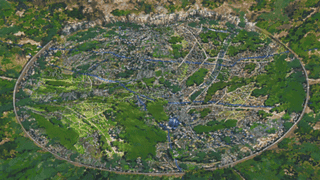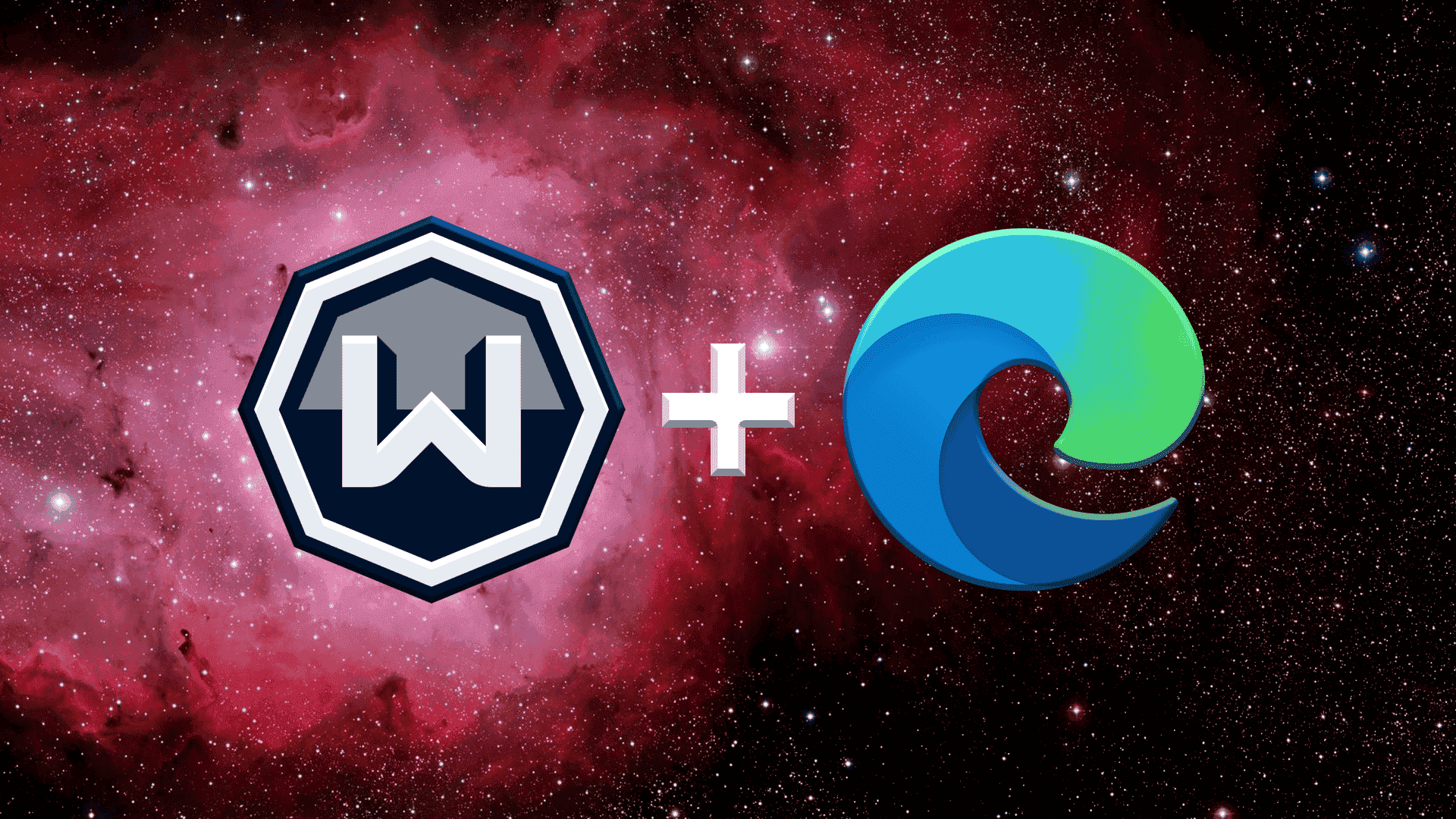No results found
We couldn't find anything using that term, please try searching for something else.

Godzilla: The True Meaning Behind the (In)famous Monster
2024-11-26 Gabe Blum , Staff WriterOctober 18, 2022The true King of Monsters–his name isn’t Kong. Godzilla has proven his might and status of King of Monsters ov
Gabe Blum , Staff Writer
October 18, 2022
The true King of Monsters–his name isn’t Kong. Godzilla has proven his might and status of King of Monsters over his many cinematic hits throughout this century. Millions of people have been fascinated by the concept of Godzilla, the power he has, the dignity, and the horrors he offers. Ever since the first hit debut of Godzilla in 1954, Godzilla has evolved his popularity through decades of lore.
Gojira (Godzilla) meaning “Gorilla Whale” in Japanese, was given birth by the notion of a man named Tomoyuki Tanaka, a film producer. The idea was brought to Tanaka’s mind when he was flying over the ocean one day in 1954, and imagined to himself what would happen if a giant beast arose from the depths of the water. He brought forward his idea to the film making studios and hoped for approval. The studios accepted this idea and Godzilla, the king of monsters, was brought to life.
During the making of Godzilla, the filmmakers also took into consideration the preceding horror of events that have taken place in Japanese history–most notably, the Nagasaki and Hiroshima bombings. They wanted to show the lasting effects of these horrific events. The power of these atomic bombs filled every country with a new sense of fear, but none of those countries had the same fear of Japan, the country that endured incredible pain at the scale of lives lost and other destruction.
During this time of history, nuclear weapons were seen as the endmost expression of power, destruction, and devastation. The weight of this influence brought Japan into a very dark state of mourning and unrest. For Tanaka’s giant, powerful, monster film, the filmmakers and producers decided to make this creature an emblem of death, destruction, war, and nuclear energy.
“The theme of the film, from the beginning, was the terror of the bomb,” said Tanaka. “Mankind had created the bomb, and now nature was going to take revenge on mankind.”
Over a draining period of months, the writers and producers spent countless hours trying to figure out what this nuclear monster would look like. From starting with a giant octopus, to the idea of a strange creature with a head shaped like a mushroom cloud, the producers just could not decide. Finally, the creators settled on the legendary and historic dinosaur-dragon look.
Godzilla was a walking atomic bomb with a design so impressive that the franchise is still going strong (to this day) and moving forward 65 years and 36 movies later. The films cover multiple topics, from depicting realistic rubble and devastation, to humans suffering from radiation poisoning, to finally showing the raw emotions of families losing loved ones.
Godzilla is serves ( Gojira ) indispensably serve as a warning of what can happen if nuclear weapon are used on a population . No , you is going are not go to see a giant like dinosaur wake up from the sea , but death and destruction would certainly run uncontrollably as many innocent people scramble away from a power much great than they could ever imagine .




